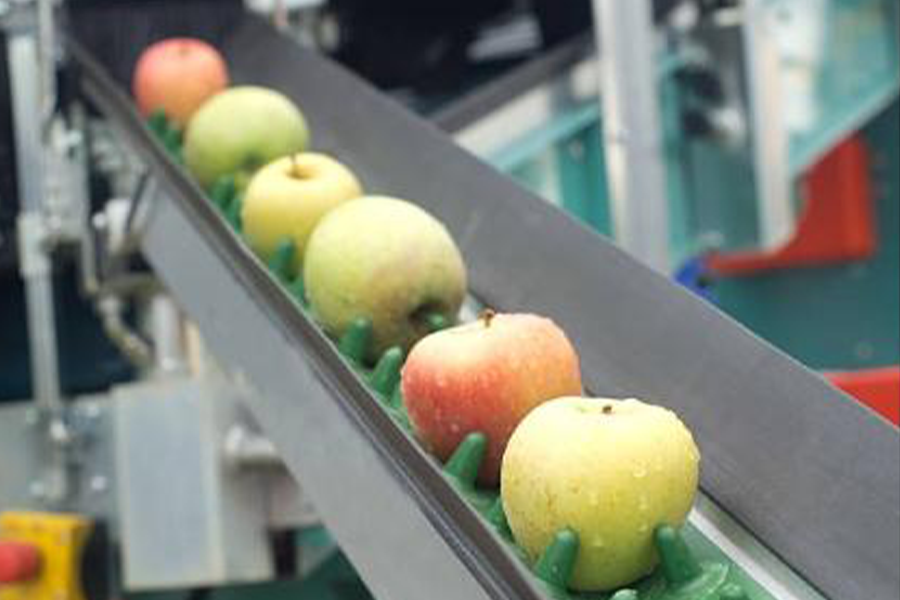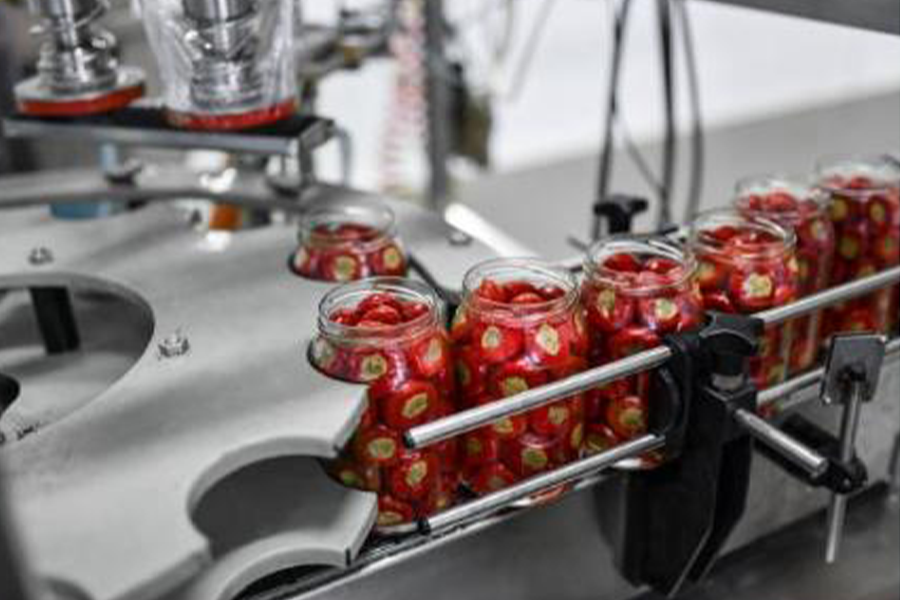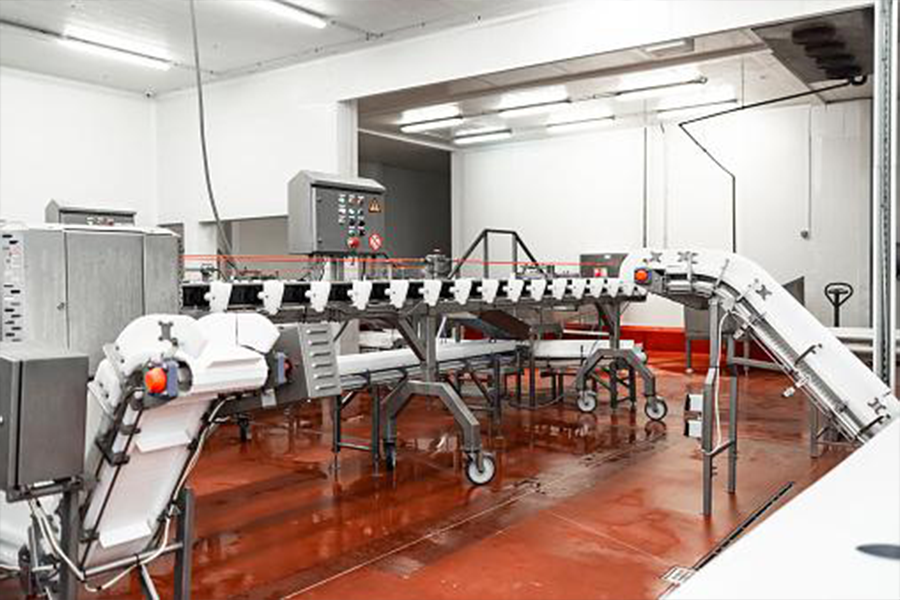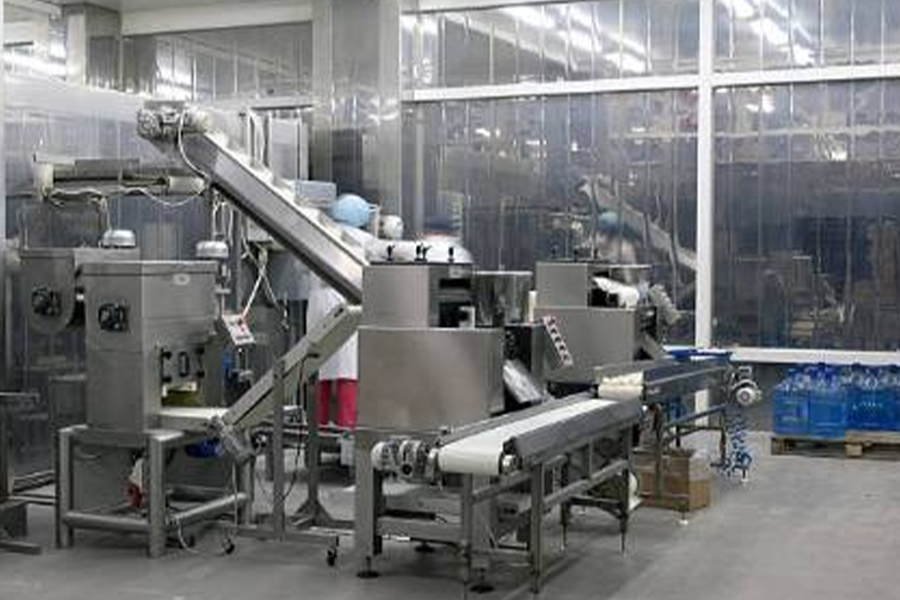Fruit and vegetable processing machines are must-haves for everyone who works in the food processing industry. There are different equipment built to serve specific functions, and each of these machines has unique features that need to be looked out for when selecting which one to buy.
Vegetables and food processors are good investments for startups. Not only do they aid to speed up the production process but also aid in revenue generation. It is only right that due steps should be followed properly during the buying process. This article covers tips on how to pick the best machinery for processing fruits and vegetables, as well as the criteria for selecting the best food and vegetable processors.
Table of Contents
Types of fruit and vegetable processing machines
Considerations for fruit and vegetable processing machines
Conclusion
Types of fruit and vegetable processing machines
The conversion process of fruit and vegetable takes place in the following phases and steps:
– Receiving
– Washing
– Sorting
– Peeling
– Heating
– Filling
– Exhausting
– Sealing
– Sterilization
– Labeling
– And finally, storage.

Different machines and tools are utilized in each of these individual phases. Since these fruits and veggies are being produced in mass quantities, manual processes would no doubt make the process extremely tedious. So, different machinery has to be utilized in each phase of production.
You would also need preparatory equipment during the initial production phases to kickstart the process.

Here are some of these pieces of equipment:
– Washers
– Blanchers
– Belt conveyors
– Weighing balances/chemical balances
After the initial preparation, there comes the heating process. Here, the fruit and veggies are heated under high temperatures to sterilize them hygienically and rid them of all unhealthy organisms. The equipment utilized during this process includes:
– Gas stoves
– Hot plates
– LPG bhattis
– Boilers
Once germs have been eradicated, the fruits/vegetables are eligible for juice extraction. Juice extraction machinery is of two categories; automated and manually operated. Here are the fruit and vegetable machines responsible for pressing and juice extraction:
– Graters
– Rowing machines
– Basket presses
– Pulpers
Canning is usually among the end phases of the production process. There are numerous fruit and vegetable machines for canning utilized during this process:

– Can reformers
– Double seamers
– Steam jacketed kettles
– Vacuum/pressure gauges
– Lye peeling tanks
– Sterilization tanks
– Retorts
– Flangers
– Coding machines
– Empty can testers
– Exhaust boxes/tunnels
The cans need to be sealed after they have been filled. Sealing cannot be done manually. Here are the machines for closing cans and bottles of processed fruits and vegetables:
– Pouch sealing machines
– Crown corking machines
– Cap sealing machines
– Can cutting machines
Aside from the high-end equipment, simple tools such as jugs, bottles, screws, corks, cutting knives, tables and tubs would also be needed during production.
Considerations for fruit and vegetable processing machines

Choosing the right machine for food production is a serious business for food producers. The machines’ quality plays a considerable role in the overall production rate and efficiency. It also influences the quality of the products.
Therefore, it is essential to duly consider all the important factors and analyze the most needed features to make the right decision. Here is a guide for food producers looking to choose fruit and vegetable processing and preservation machines:
Budget
A budget is the major determinant of a purchase. It may determine the quality of the machine to be purchased. However, it would be best if high-end machinery is purchased.
Regardless, if current finances do not allow this, then getting cost-efficient machinery for a lower price would be a better alternative. Moreover, there is always room for upgrades later on, though a one-time purchase is always the best idea.
The type of fruit/vegetable being processed
Before purchasing fruit and vegetable processing and preservation machines, it is recommended that the fruit and vegetables being manufactured be considered. Therefore, new food processing business owners should run a background check on the essential machinery used to process the primary products and the recommended machinery for startups.
Then, after analyzing the processes involved in manufacturing and processing the specific fruits, business owners can purchase the most needed equipment.
Core features of the machine

All the different fruit and vegetable processing and preservation machines have core features that they are expected to possess. Business owners must carefully inspect the purchased machines and ensure they are top-notch and possess all the necessary qualities.
Getting quality machines saves business owners a lot of trouble in the future. Customer reviews on the machines can serve as an assessment guide when purchasing these machines.
What are these necessary qualities?
– Longevity: Some machines last longer than others. As expected, the high-tech machines higher up the price chart possess longer durability. However, cost-efficient machinery would be better if the budget confines a purchase.
Regardless, customer reviews can give insight into how long these machines last before they begin to develop faults. Often, manufacturers would enclose this information in the manual under the warranty section.
– Hygienic design: All food processing machines are expected to meet the general standard of hygiene. Therefore, it would be best to carefully assess the machine’s structure before purchasing to ensure that they are properly built to minimize the risk of food contamination during production.
– Fitting size/structure: Fruit/vegetable processing machinery come in varying sizes. Bigger machines have a higher processing and carriage capacity. However, before making a purchase, the space where these machines are to be placed should be analyzed to ensure they are a perfect fit.
– Easy use/maintenance: Purchasing complex machines that require technical know-how to operate is not usually the best idea, especially for a startup. There are easy-to-use machines that can efficiently reduce the rate of labor and be used and maintained by any employee.
So, there is no need to opt for complex machines that only specific individuals can use. This would imply that production would be on hold if these individuals are unavoidably absent.
– Processing speed: The speed of the machine influences its ability to mix and emulsify. Processing speed can range between 300-1700 rpm. There are higher-speed rangers, but it is often difficult to operate machines that are running at high acceleration.
Processors that are used for prepping food usually have a lower speed; this allows for clean cuts and careful preparation. Some models of processing machines that have only an on/off switch with just a single speed are less expensive. However, food processing machines with variable speed options are a better alternative.
Conclusion
Purchasing fruit/vegetable processing machines requires careful planning. Several factors are to be evaluated, and the result from these evaluations determines the success of your final purchase. In addition, since fruit and vegetable processing takes place in phases, business owners must consider investing in solving these specific needs.
High-tech equipment is the best investment for every startup; however, basic machinery can efficiently cover present needs, and luckily, these machines do not cost as much. For more information on fruit/vegetable processing machines, check out Alibaba’s fruit/vegetable processor section.



